Home>Furniture & Design>Bathroom Accessories>How To Get Rid Of Drain Flies In The Bathtub
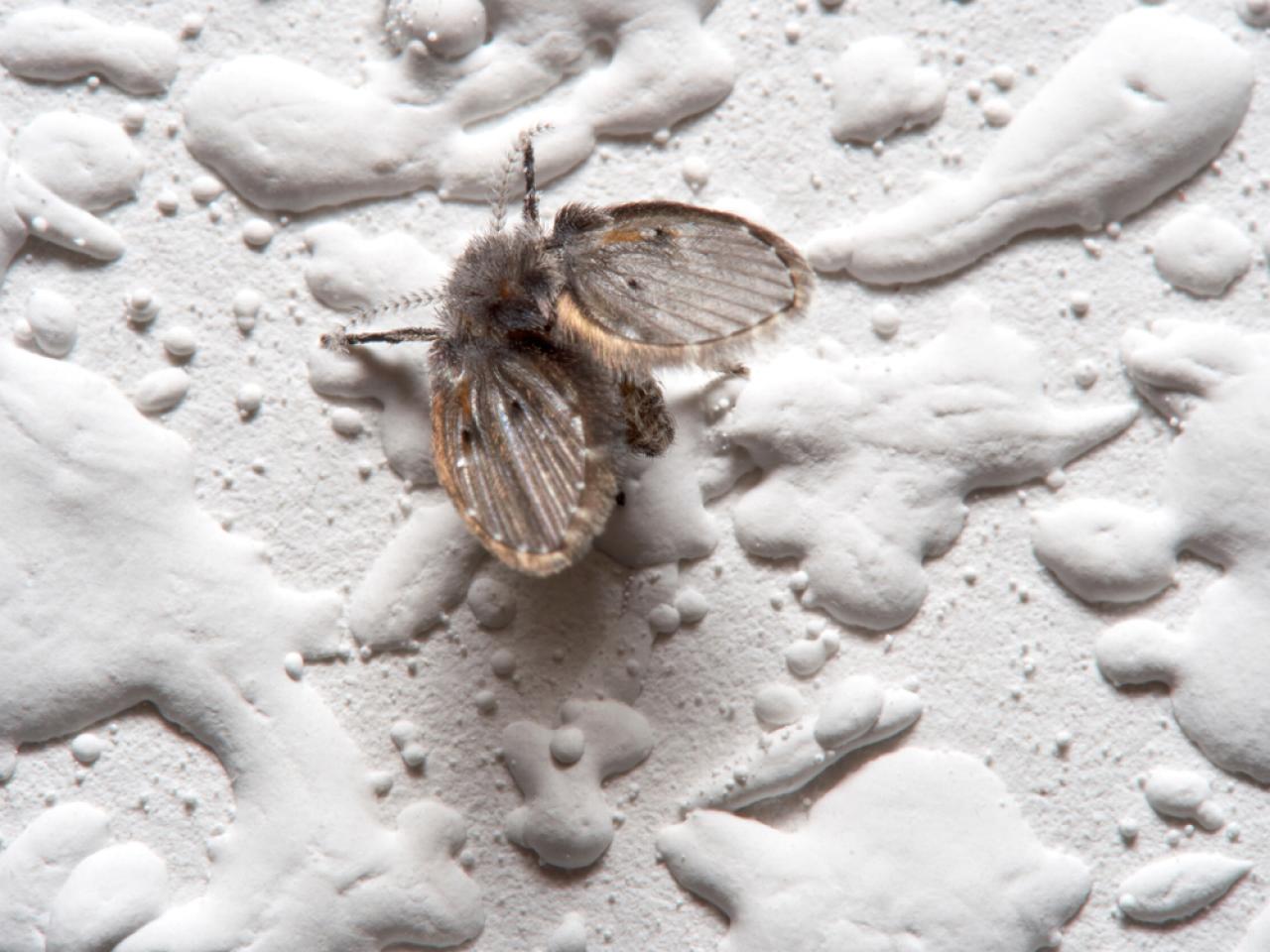

Bathroom Accessories
How To Get Rid Of Drain Flies In The Bathtub
Published: February 17, 2024
Learn effective methods to eliminate drain flies in the bathtub using the best bathroom accessories. Say goodbye to pesky pests with our expert tips and tricks.
(Many of the links in this article redirect to a specific reviewed product. Your purchase of these products through affiliate links helps to generate commission for Storables.com, at no extra cost. Learn more)
Introduction
Dealing with drain flies in the bathtub can be a frustrating and unpleasant experience. These tiny, pesky insects can quickly multiply and create a nuisance in your bathroom. However, with the right knowledge and strategies, you can effectively eliminate drain flies and prevent future infestations.
In this comprehensive guide, we will explore the various methods to get rid of drain flies in the bathtub. From understanding the nature of these insects to identifying the source of the infestation, cleaning and disinfecting the drain, using natural remedies, and employing commercial products, we will cover everything you need to know to tackle this common household issue.
By gaining a deeper understanding of drain flies and implementing the recommended solutions, you can restore a sense of cleanliness and comfort to your bathroom. Let's dive into the details and discover the most effective ways to eliminate drain flies and maintain a fly-free environment in your bathtub.
Key Takeaways:
- Say goodbye to drain flies by cleaning and disinfecting your drains. Use vinegar, enzymatic cleaners, and hot water to create an inhospitable environment for drain fly larvae.
- Prevent future infestations by maintaining clean and dry drains, proper ventilation, and prompt plumbing repairs. Stay proactive to keep your bathroom pest-free.
Read more: How To Get Rid Of Outdoor Flies
Understanding Drain Flies
Drain flies, also known as moth flies or sewer gnats, are small, flying insects commonly found in bathrooms, particularly around drains. These tiny pests are often mistaken for fruit flies due to their similar appearance, but they are a distinct species known as Psychodidae. Drain flies are typically gray or black in color and have fuzzy moth-like bodies, making them easily recognizable.
These insects thrive in moist, organic-rich environments, making bathroom drains an ideal breeding ground. Drain flies lay their eggs in the gelatinous film that forms inside drains, providing a nutrient-rich environment for their larvae to develop. As a result, infestations often occur in drains that are not regularly cleaned or maintained.
One of the key characteristics of drain flies is their erratic flying behavior. They are commonly observed hovering around drains, particularly during the evening or night when they are most active. While drain flies do not pose a direct threat to human health, their presence can be a nuisance and indicate underlying sanitation issues within the plumbing system.
Understanding the life cycle of drain flies is crucial for effective eradication. These insects undergo a complete metamorphosis, progressing from egg to larva, pupa, and finally adult stage. The entire life cycle can take anywhere from one to three weeks, depending on environmental conditions such as temperature and humidity.
By gaining insight into the behavior and habitat preferences of drain flies, homeowners can take targeted measures to eliminate these pests and prevent future infestations. In the following sections, we will delve into practical strategies for identifying the source of the infestation, cleaning and disinfecting the drain, and implementing natural and commercial remedies to combat drain flies effectively.
Identifying the Source of the Infestation
Identifying the source of a drain fly infestation is a crucial first step in effectively addressing the problem. Since drain flies breed and thrive in moist, organic-rich environments, it is essential to pinpoint the specific areas within the plumbing system that are contributing to the infestation.
One of the primary indicators of a drain fly infestation is the presence of adult flies around drains, particularly during the evening or night when they are most active. Observing their erratic flying behavior and their tendency to hover near drains can provide valuable clues regarding the source of the infestation.
Furthermore, inspecting the interior of drains can reveal the presence of gelatinous film or organic debris, which serves as an ideal breeding ground for drain fly larvae. This slimy buildup provides the necessary nutrients for the development of drain fly eggs and larvae, perpetuating the infestation.
In some cases, drain fly infestations may be linked to stagnant water or organic matter accumulating in seldom-used drains or plumbing fixtures. Therefore, it is important to thoroughly examine all drains, including those in less frequently used bathrooms or utility areas, to identify potential breeding sites for drain flies.
Additionally, leaks or moisture accumulation in plumbing fixtures can create conducive conditions for drain flies to thrive. Inspecting for any signs of water leakage, dampness, or moisture around pipes, faucets, or plumbing fixtures can help identify areas where drain flies may be finding the necessary moisture for breeding and survival.
By systematically assessing the aforementioned factors and conducting a thorough examination of the plumbing system, homeowners can gain valuable insights into the specific areas contributing to the drain fly infestation. This knowledge serves as a foundation for implementing targeted remediation strategies to eliminate the infestation at its source.
In the subsequent sections, we will explore practical methods for cleaning and disinfecting drains, utilizing natural remedies, and employing commercial products to eradicate drain flies effectively. These strategies, when combined with a comprehensive understanding of the infestation source, form a holistic approach to resolving the issue and preventing future occurrences.
Cleaning and Disinfecting the Drain
Thorough cleaning and disinfection of the drain is a fundamental step in eliminating drain flies and preventing their resurgence. The accumulation of organic matter, grime, and gelatinous film within drains provides an ideal breeding ground for drain fly larvae, perpetuating the infestation. By implementing targeted cleaning and disinfection measures, homeowners can effectively disrupt the reproductive cycle of drain flies and create an inhospitable environment for their development.
To begin the cleaning process, it is essential to remove any visible debris, hair, or accumulated gunk from the drain. This can be achieved by using a drain snake or a similar tool to dislodge and extract the buildup of organic matter within the drain pipe. Thoroughly clearing the drain of these obstructions is crucial for preparing the surface for subsequent disinfection.
Once the physical debris has been removed, the next step involves disinfecting the drain to eliminate the gelatinous film and organic residues that serve as a food source for drain fly larvae. A simple yet effective method for disinfecting drains is to pour a mixture of hot water and vinegar down the drain. The acidic nature of vinegar helps dissolve organic buildup and sanitize the interior of the drain, thereby reducing the attractiveness of the environment for drain flies.
In addition to vinegar, enzymatic drain cleaners can be utilized to break down organic matter and eliminate the slimy film that supports drain fly infestations. Enzymatic cleaners contain specialized bacteria and enzymes that target and digest organic materials, effectively clearing the drain of potential breeding grounds for drain flies. These cleaners are environmentally friendly and can be used as a preventive measure to maintain clean and sanitary drains.
After applying the chosen disinfection method, flushing the drain with hot water can help rinse away any remaining residues and ensure thorough sanitation. This final step helps remove loosened debris and ensures that the drain is free from organic matter that could potentially support future drain fly infestations.
By diligently cleaning and disinfecting bathroom drains, homeowners can significantly reduce the likelihood of drain fly infestations and create an environment that is inhospitable to these pests. This proactive approach, combined with targeted identification of the infestation source, forms a comprehensive strategy for eradicating drain flies and maintaining a hygienic plumbing system.
To get rid of drain flies in the bathtub, pour boiling water down the drain to kill the larvae. Then, use a pipe brush to clean the drain and remove any organic matter where the flies breed. Finally, use a drain cleaner to prevent future infestations.
Using Natural Remedies to Get Rid of Drain Flies
Natural remedies offer an eco-friendly and cost-effective approach to combatting drain fly infestations. These methods leverage common household ingredients and biological agents to eliminate drain flies and prevent their recurrence.
One popular natural remedy involves using baking soda and vinegar to effectively disrupt the drain fly breeding cycle. To begin, pour a generous amount of baking soda down the infested drain, followed by a mixture of vinegar and hot water. The resulting chemical reaction helps dislodge organic matter, sanitize the drain, and create an inhospitable environment for drain fly larvae.
Another natural solution involves utilizing essential oils with insect-repelling properties. Essential oils such as tea tree oil, lavender oil, or eucalyptus oil can be diluted with water and sprayed around drains and infested areas. These oils not only act as natural insect repellents but also impart a pleasant aroma to the surroundings, serving a dual purpose in combating drain flies.
Furthermore, biological agents such as beneficial bacteria and enzymes can be harnessed to break down organic matter and eliminate the food source for drain fly larvae. Products containing these beneficial microorganisms can be applied to drains to promote the degradation of organic residues, effectively disrupting the breeding grounds of drain flies.
Additionally, maintaining proper ventilation and reducing excess moisture in the bathroom can help deter drain flies. Ensuring adequate airflow and using exhaust fans can minimize the humidity levels, making the environment less conducive to drain fly infestations.
By incorporating these natural remedies into a comprehensive pest control strategy, homeowners can effectively address drain fly infestations while minimizing the use of harsh chemicals and promoting a healthier living environment.
These natural remedies not only offer an environmentally friendly approach to pest control but also contribute to the overall well-being of the household. By integrating these methods with targeted cleaning and disinfection measures, homeowners can achieve long-term success in eradicating drain flies and maintaining a hygienic plumbing system.
Read more: How To Get Rid Of Sink Flies
Using Commercial Products to Eliminate Drain Flies
In addition to natural remedies, commercial products specifically formulated for eliminating drain flies can provide an effective solution to tackle infestations. These products are designed to target the root cause of the problem and offer a convenient and potent approach to eradicating drain flies from the plumbing system.
One of the most commonly used commercial products for combating drain flies is a bio-enzymatic drain cleaner. These cleaners contain a blend of specialized bacteria and enzymes that target and digest organic matter, effectively breaking down the gelatinous film that serves as a breeding ground for drain fly larvae. By applying bio-enzymatic cleaners to infested drains, homeowners can effectively disrupt the reproductive cycle of drain flies and prevent future infestations.
Furthermore, foaming drain cleaners designed specifically for eliminating organic buildup and debris can be highly effective in eradicating drain flies. These cleaners utilize a foaming action to penetrate deep within the drain, dislodging and dissolving organic residues that support drain fly infestations. The foaming action also helps sanitize the interior of the drain, creating an inhospitable environment for drain fly larvae.
In cases where severe infestations persist, insecticidal drain treatments can be employed to rapidly eliminate adult drain flies and their larvae. These treatments contain potent insecticides that target and eradicate adult flies, effectively reducing the population and preventing further reproduction. It is important to use insecticidal treatments in accordance with the manufacturer's instructions and safety guidelines to ensure effective and safe application.
Moreover, drain gels and treatments formulated specifically for drain fly infestations offer a targeted approach to eradicating these pests. These products are designed to adhere to the interior of drains, providing long-lasting control and preventing the resurgence of drain flies. By utilizing these specialized treatments, homeowners can achieve comprehensive eradication of drain flies and maintain clean and hygienic drains.
By incorporating commercial products into the pest control strategy, homeowners can effectively address drain fly infestations and restore a sense of cleanliness to their plumbing system. These products offer a potent and targeted approach to eliminating drain flies, complementing the use of natural remedies and proactive cleaning measures.
In summary, commercial products tailored for eradicating drain flies provide a convenient and potent solution to combat infestations. By leveraging the efficacy of bio-enzymatic cleaners, foaming drain treatments, insecticidal solutions, and specialized drain gels, homeowners can achieve comprehensive control over drain fly populations and prevent their resurgence.
Preventing Future Infestations
Preventing future drain fly infestations is essential for maintaining a hygienic and pest-free bathroom environment. After successfully eliminating existing drain flies, implementing preventive measures can help minimize the likelihood of future infestations and ensure long-term control over these pests.
Regular maintenance and cleaning of drains are fundamental in preventing the recurrence of drain fly infestations. Establishing a routine for clearing debris, grime, and organic matter from drains can significantly reduce the availability of breeding sites for drain fly larvae. This proactive approach minimizes the accumulation of gelatinous film and organic residues, creating an inhospitable environment for drain flies to thrive.
In addition to regular cleaning, maintaining proper ventilation and minimizing excess moisture in the bathroom are crucial preventive measures. Adequate airflow and ventilation help reduce humidity levels, making the environment less conducive to drain fly infestations. Utilizing exhaust fans and ensuring proper ventilation in the bathroom can effectively deter drain flies from establishing breeding sites.
Furthermore, addressing plumbing issues such as leaks and stagnant water is essential for preventing drain fly infestations. Promptly repairing any leaks or addressing moisture accumulation in plumbing fixtures can eliminate potential breeding grounds for drain flies. By maintaining a dry and well-maintained plumbing system, homeowners can minimize the conditions that support drain fly infestations.
Implementing preventive treatments, such as periodic application of enzymatic drain cleaners or natural remedies, can help maintain clean and sanitized drains, reducing the likelihood of drain fly infestations. These treatments target organic residues and prevent the buildup of materials that support drain fly larvae, contributing to long-term control over pest populations.
Lastly, maintaining awareness of potential sources of infestation and promptly addressing any signs of drain fly activity can aid in early intervention and prevention. Regular inspection of drains, particularly those in less frequently used areas, can help detect and address potential infestation sources before they escalate.
By integrating these preventive measures into a comprehensive maintenance routine, homeowners can effectively minimize the risk of future drain fly infestations and maintain a clean and pest-free bathroom environment. This proactive approach, combined with targeted cleaning and disinfection, forms a holistic strategy for long-term control over drain flies and ensures a hygienic plumbing system.
Frequently Asked Questions about How To Get Rid Of Drain Flies In The Bathtub
Was this page helpful?
At Storables.com, we guarantee accurate and reliable information. Our content, validated by Expert Board Contributors, is crafted following stringent Editorial Policies. We're committed to providing you with well-researched, expert-backed insights for all your informational needs.
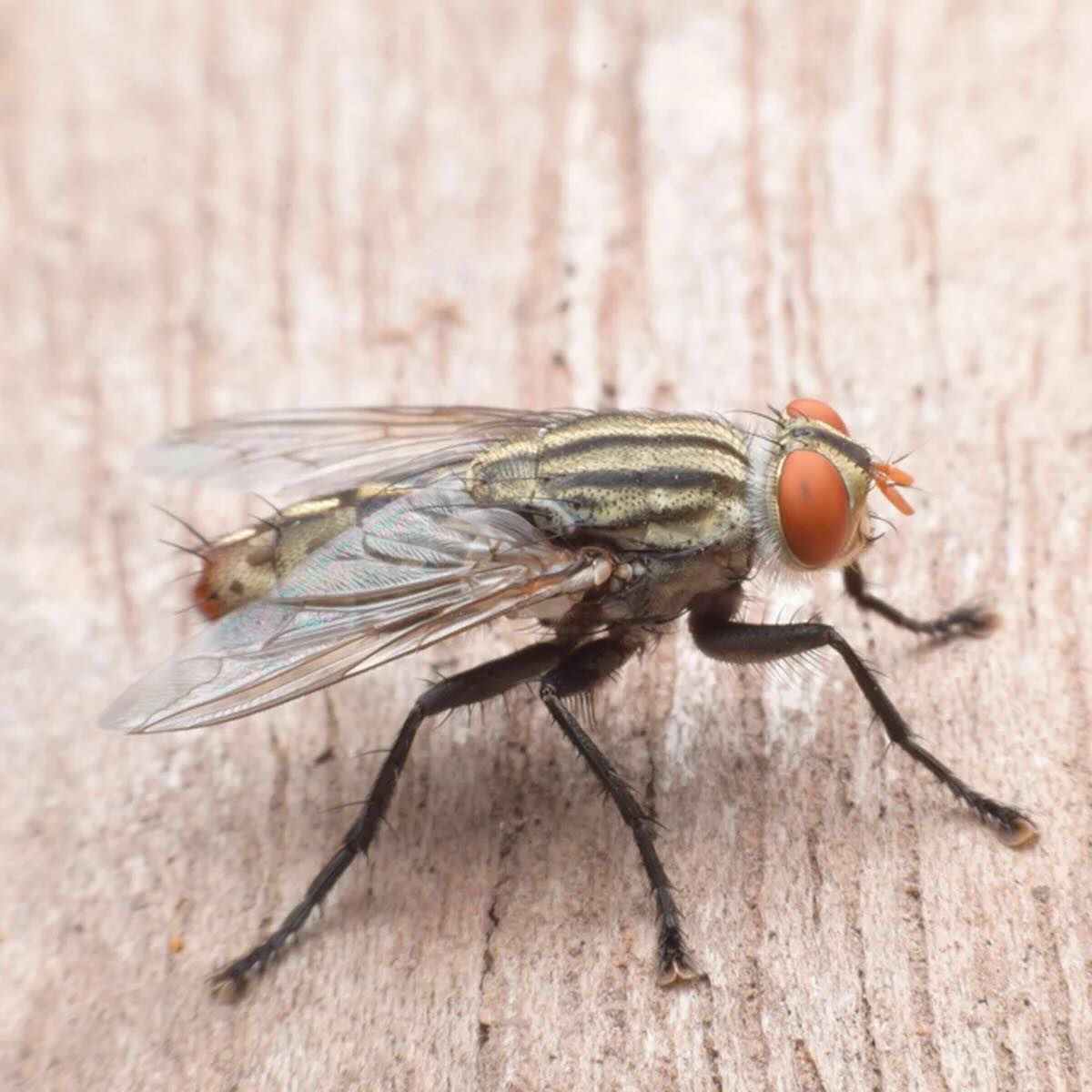
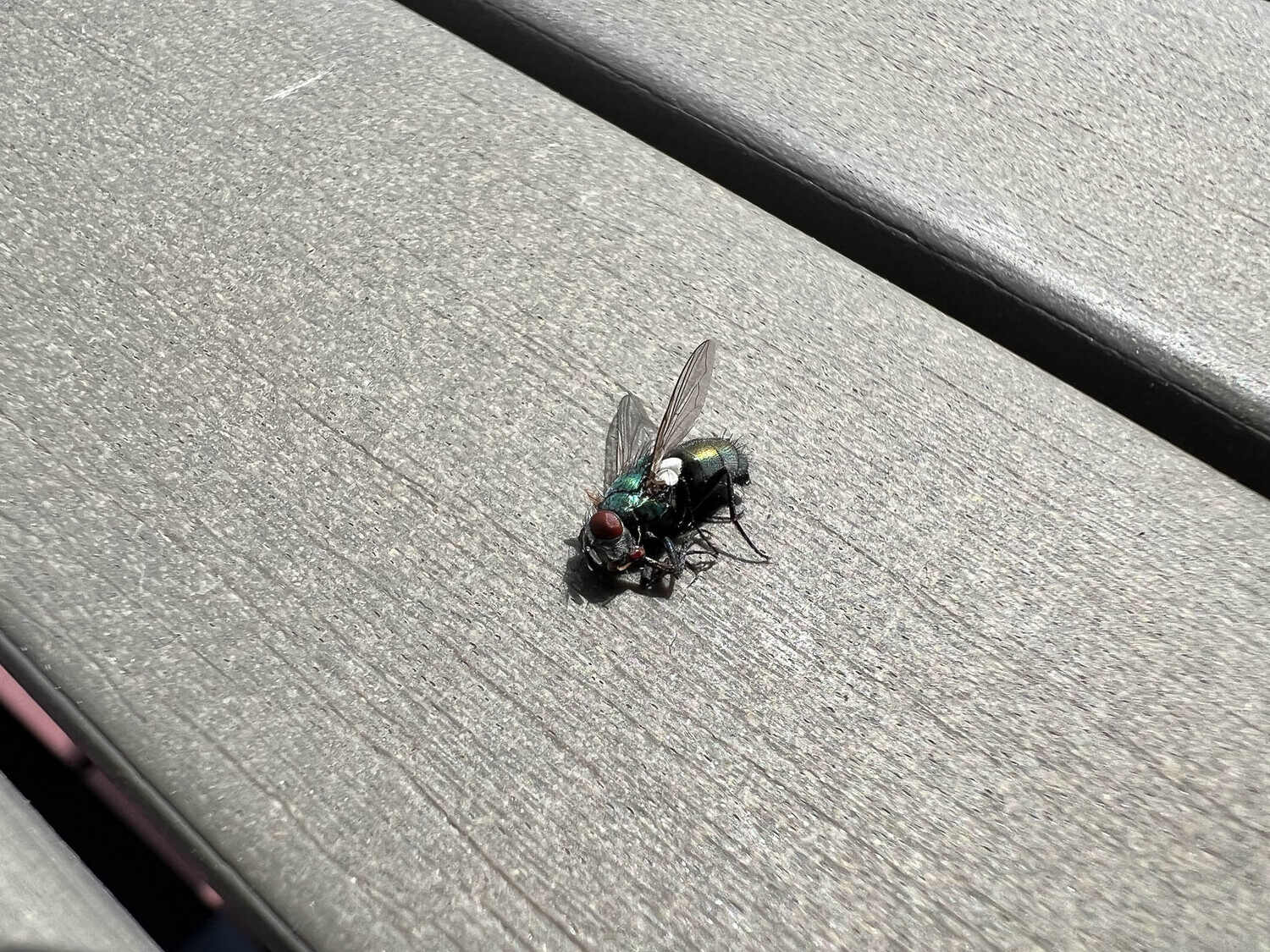
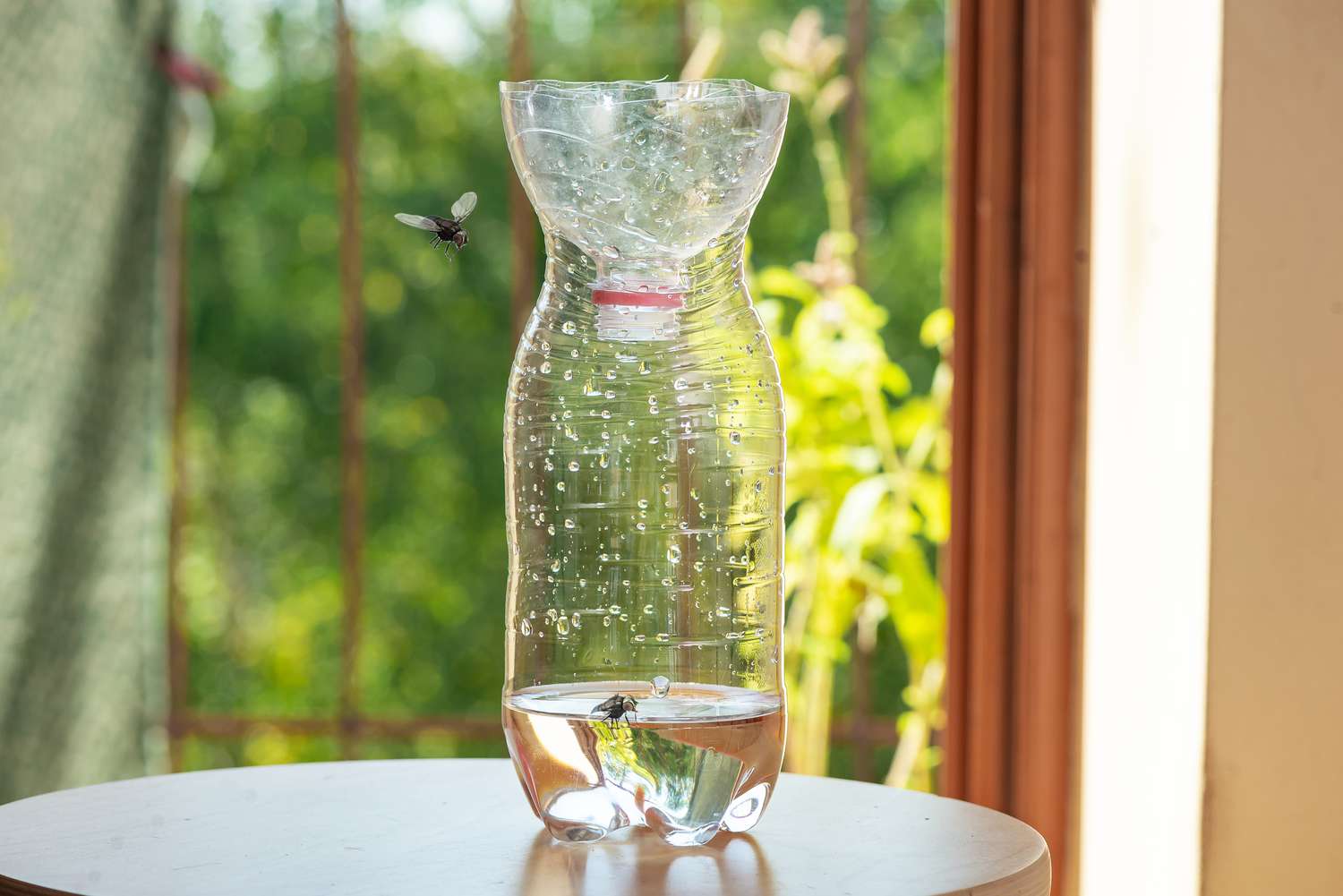
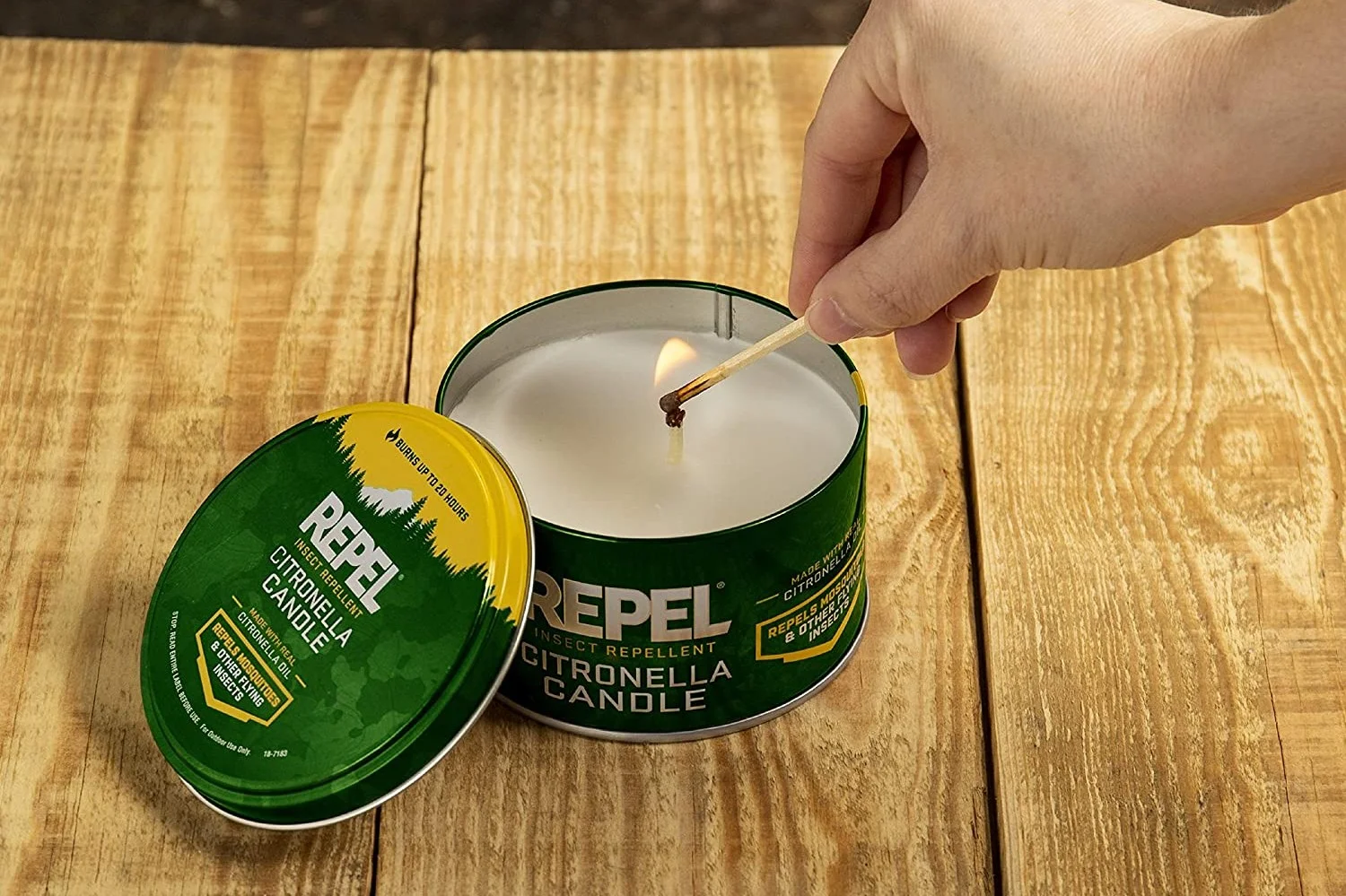
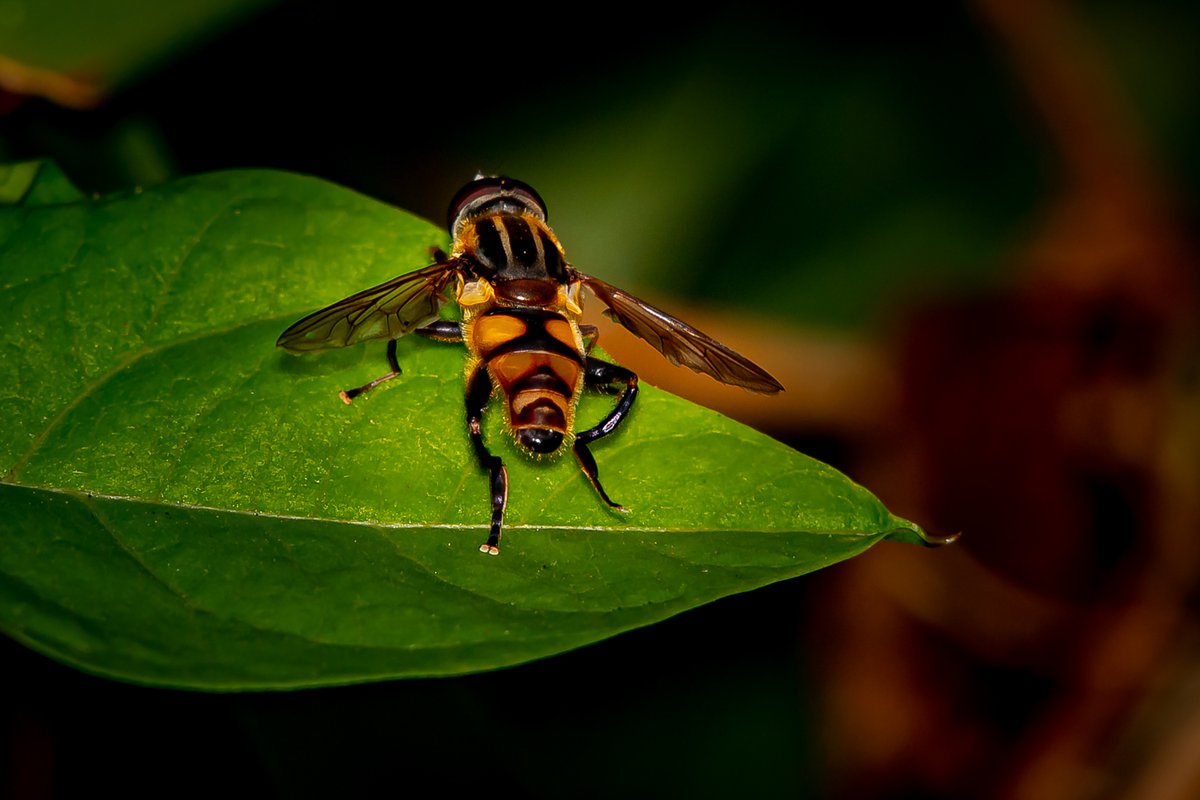
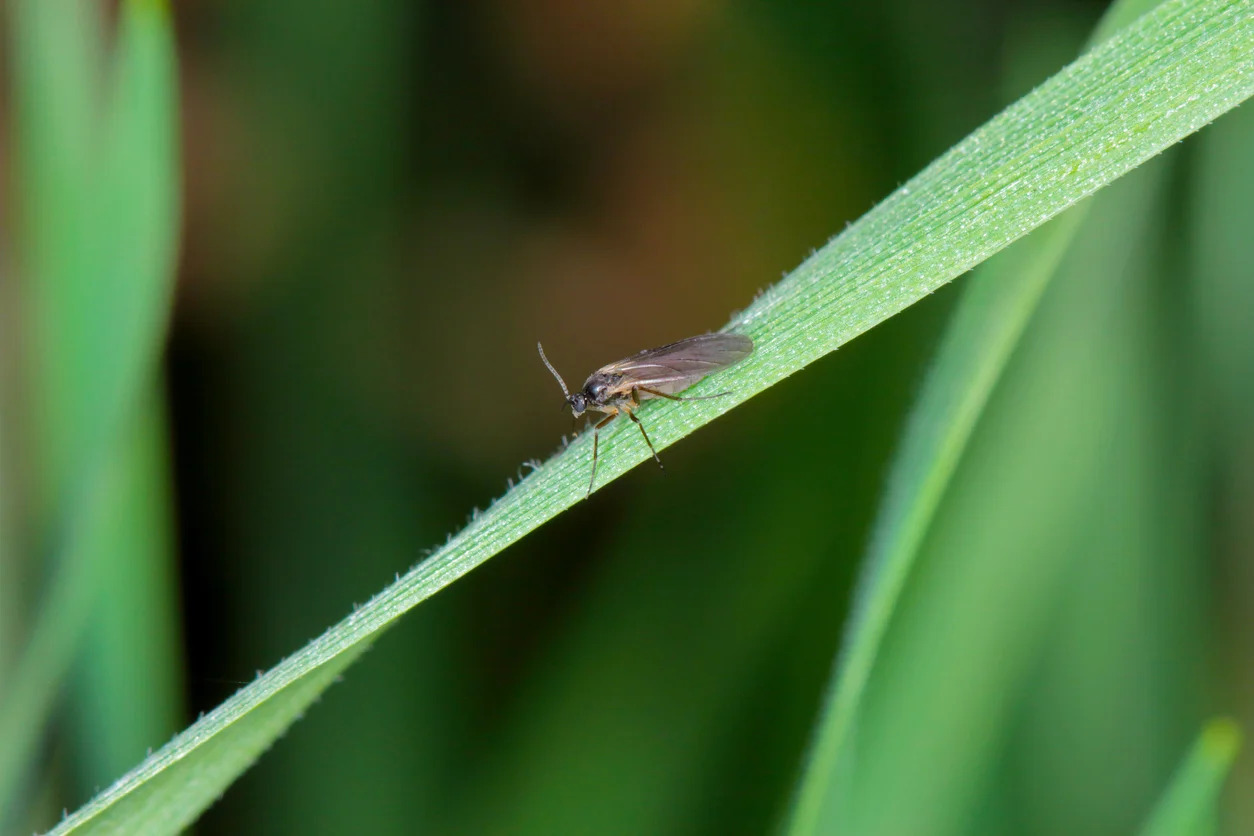
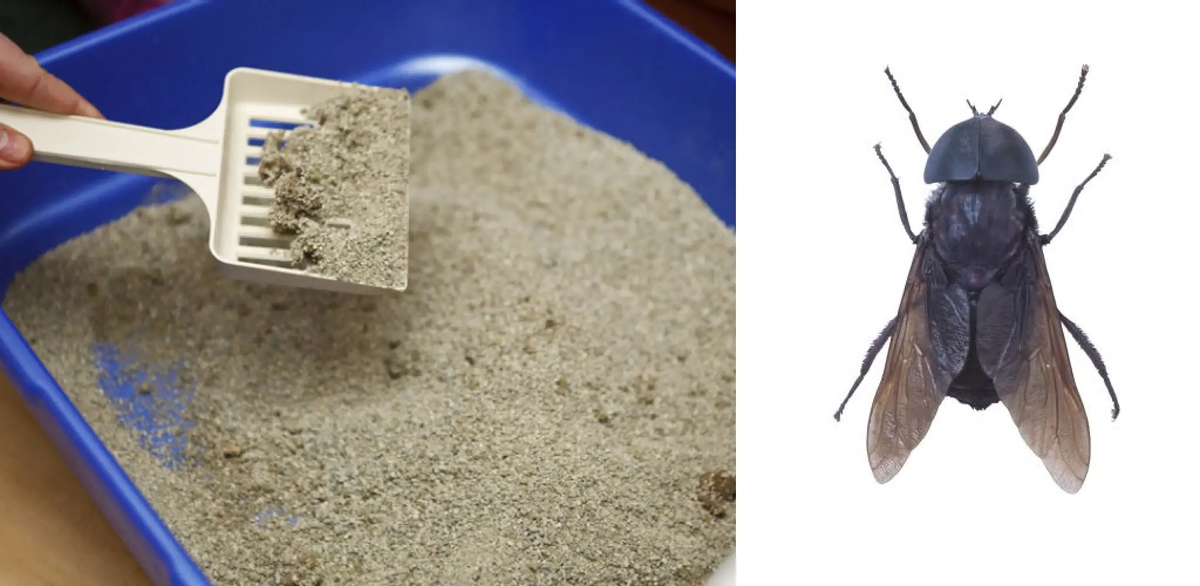
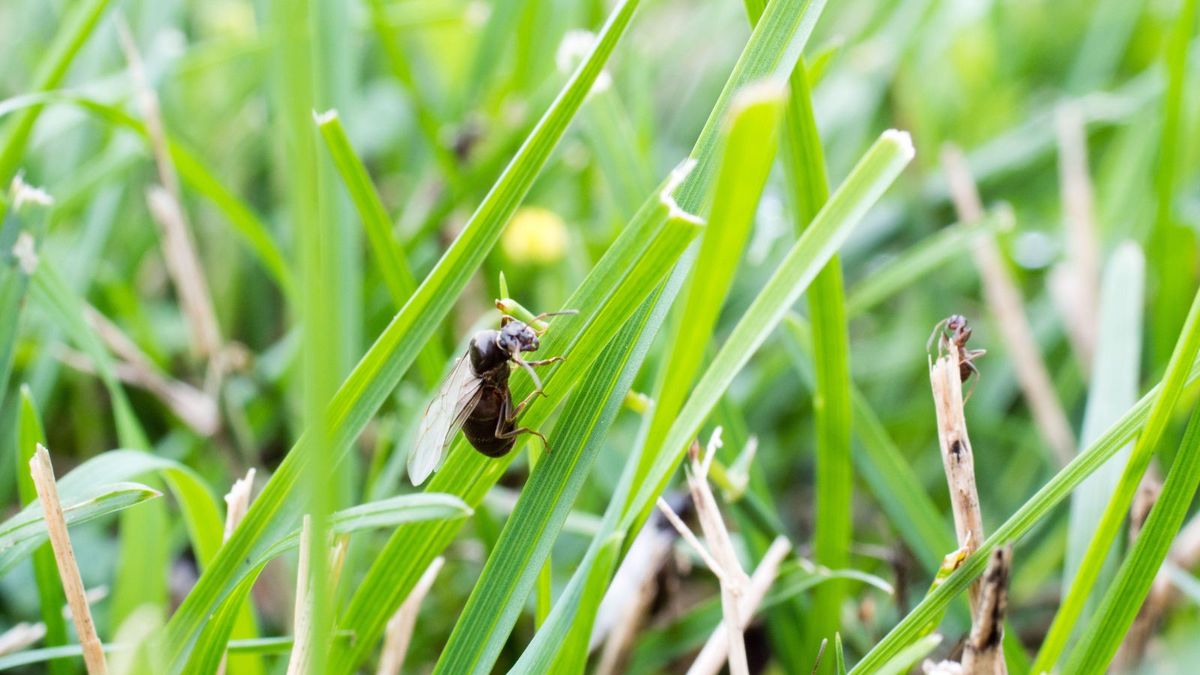
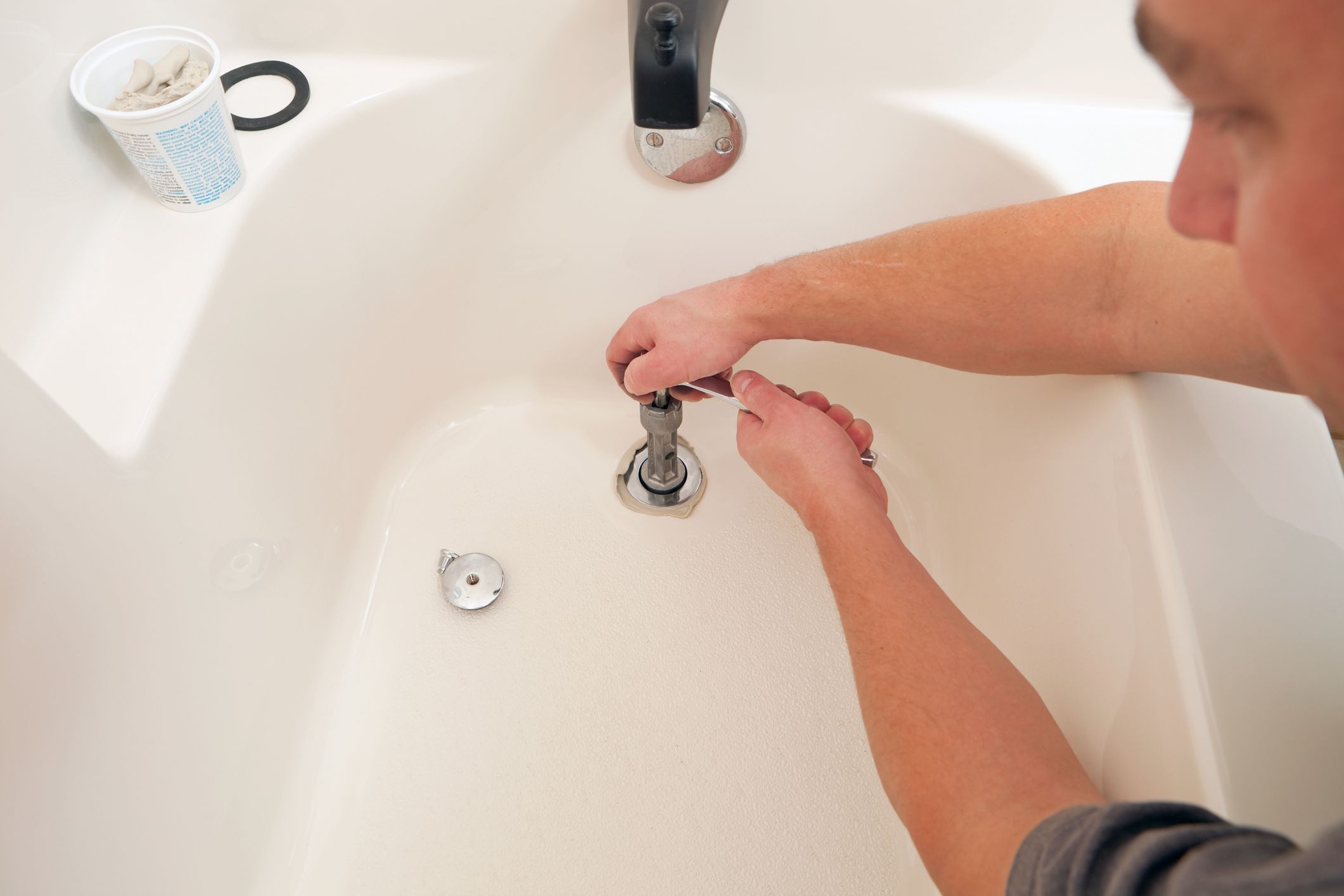
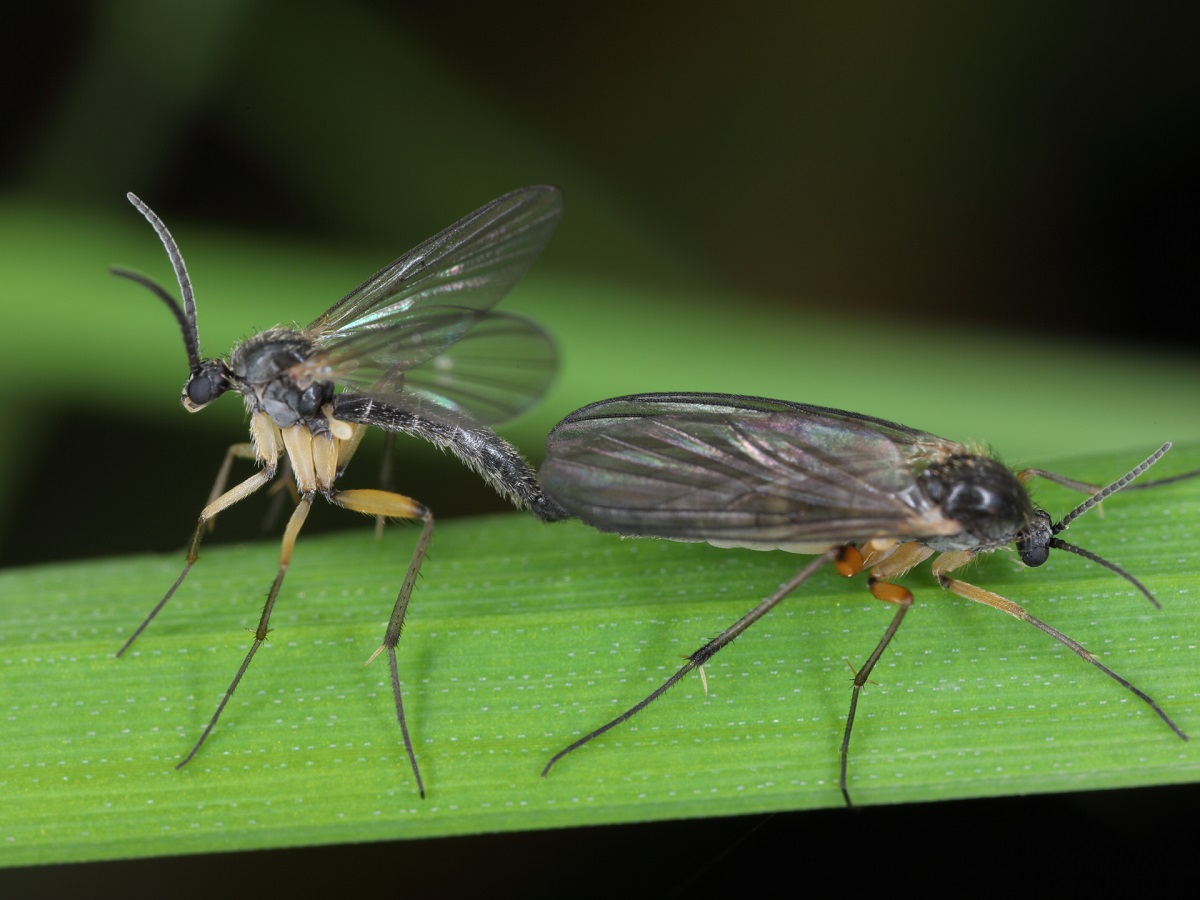

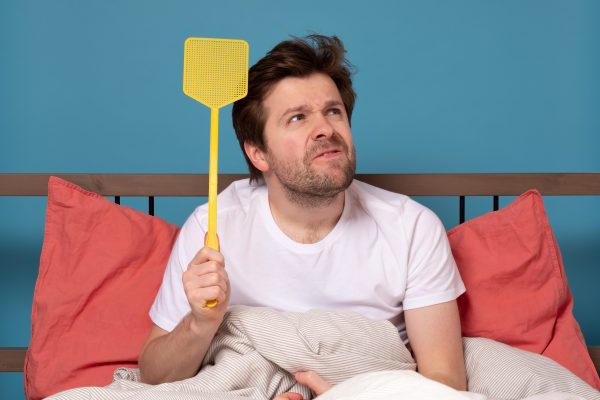
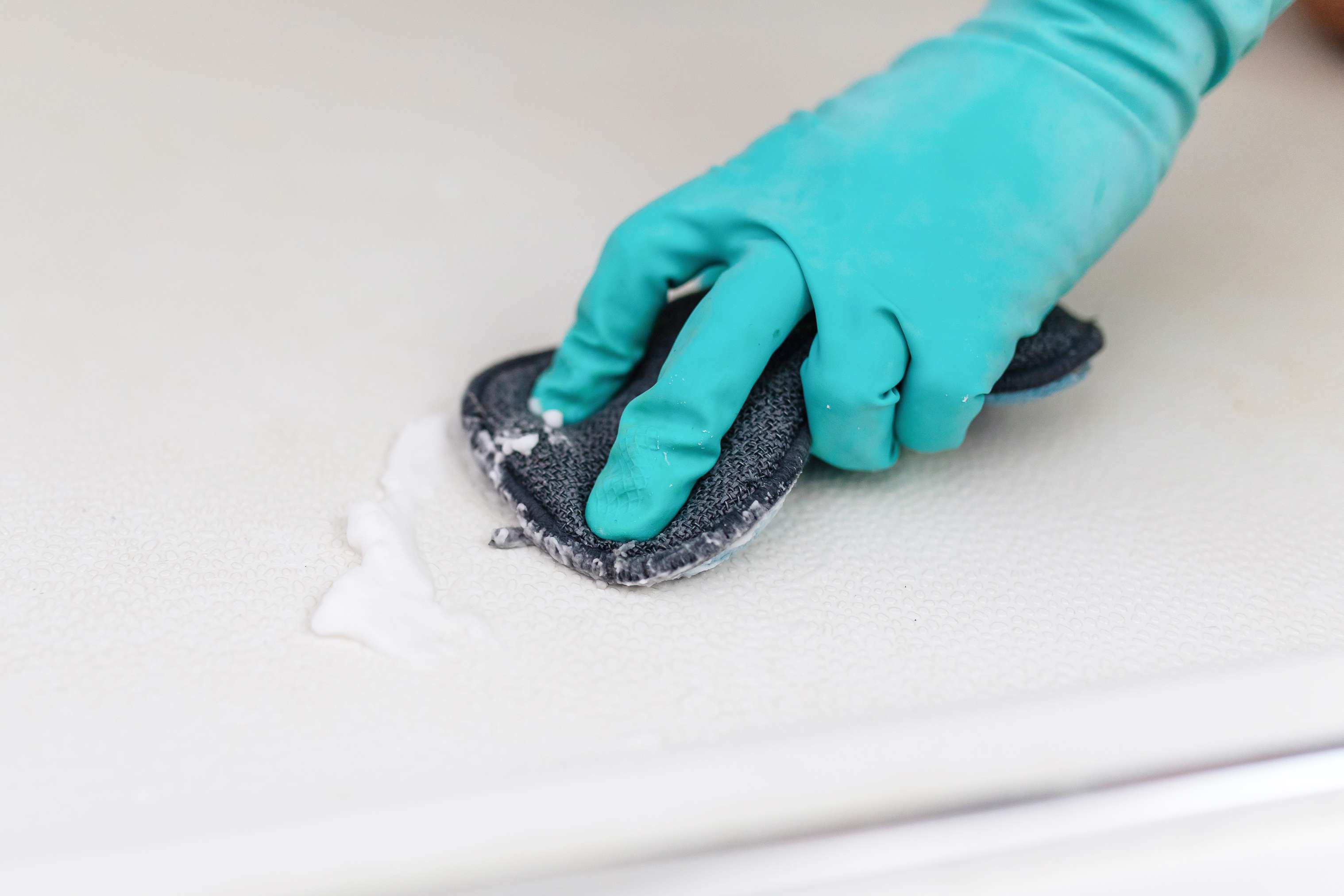
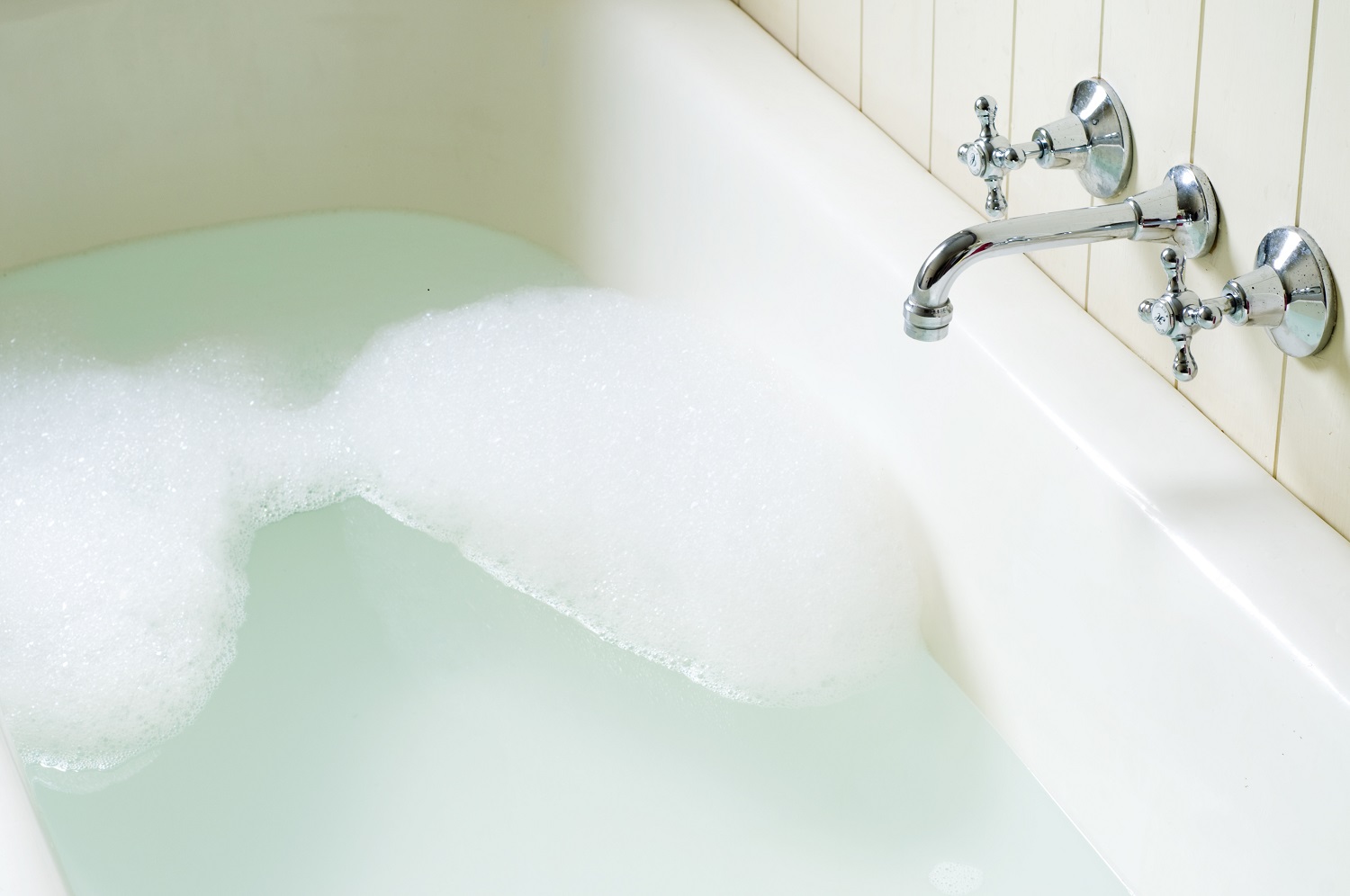

0 thoughts on “How To Get Rid Of Drain Flies In The Bathtub”